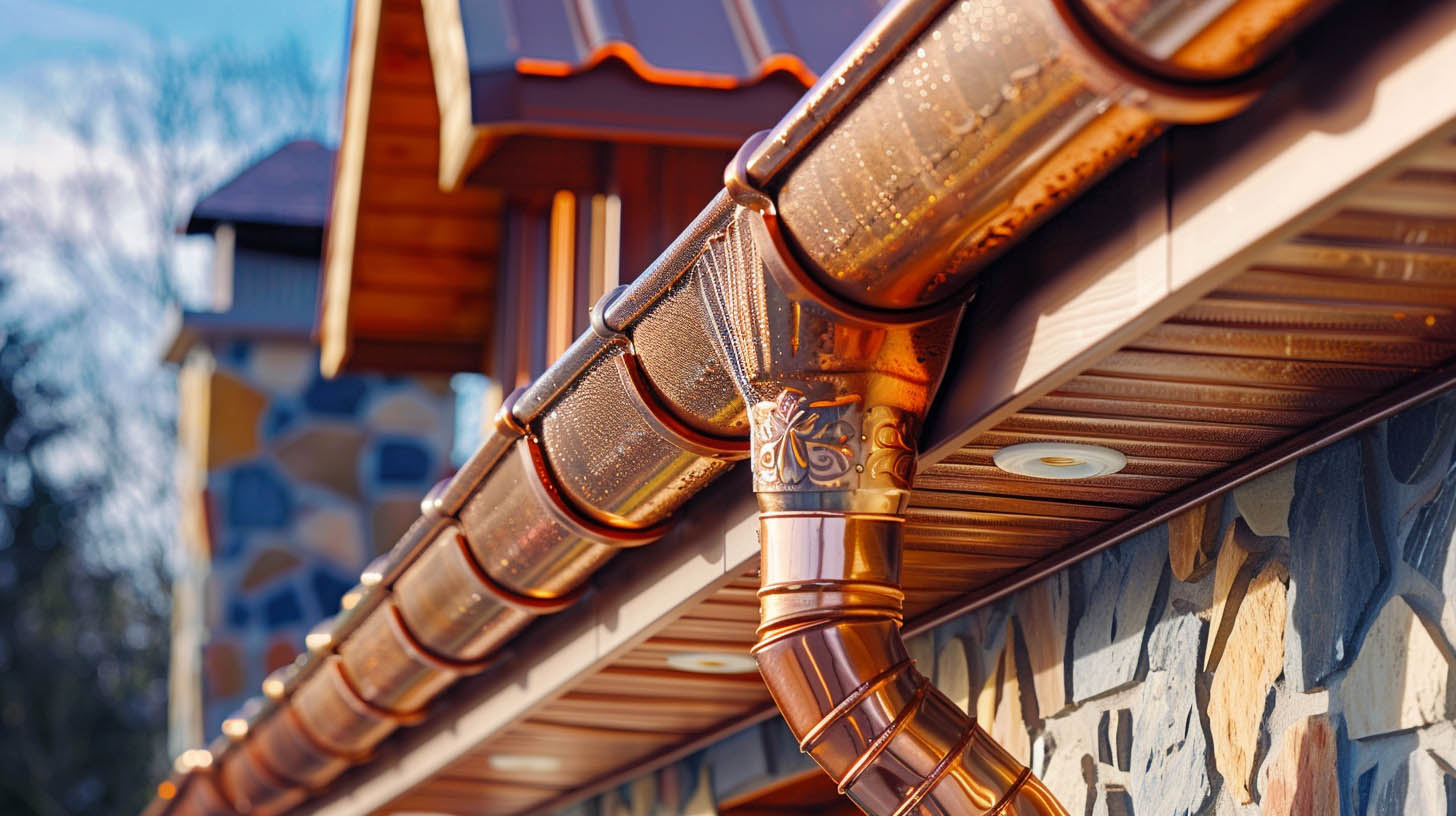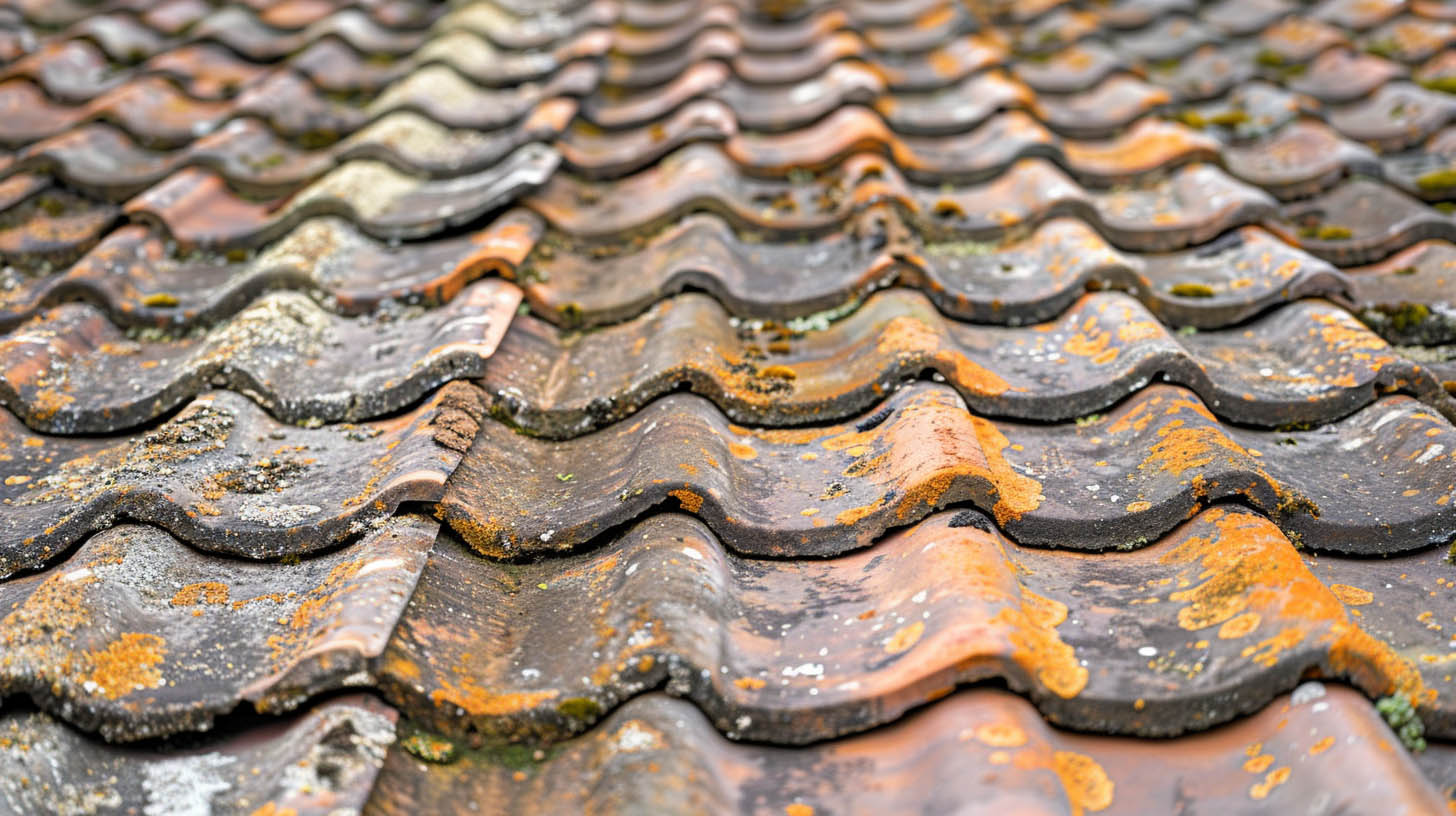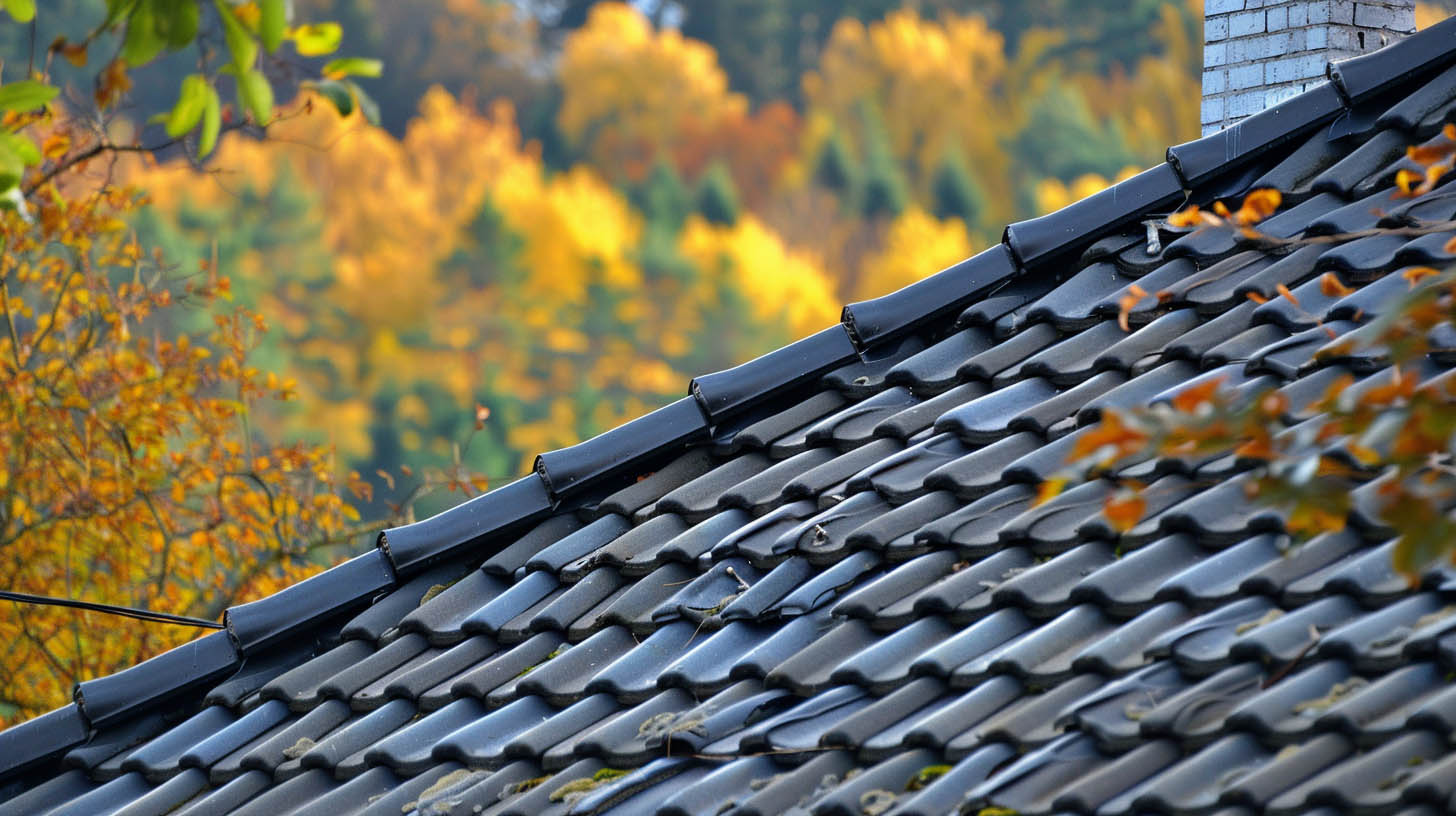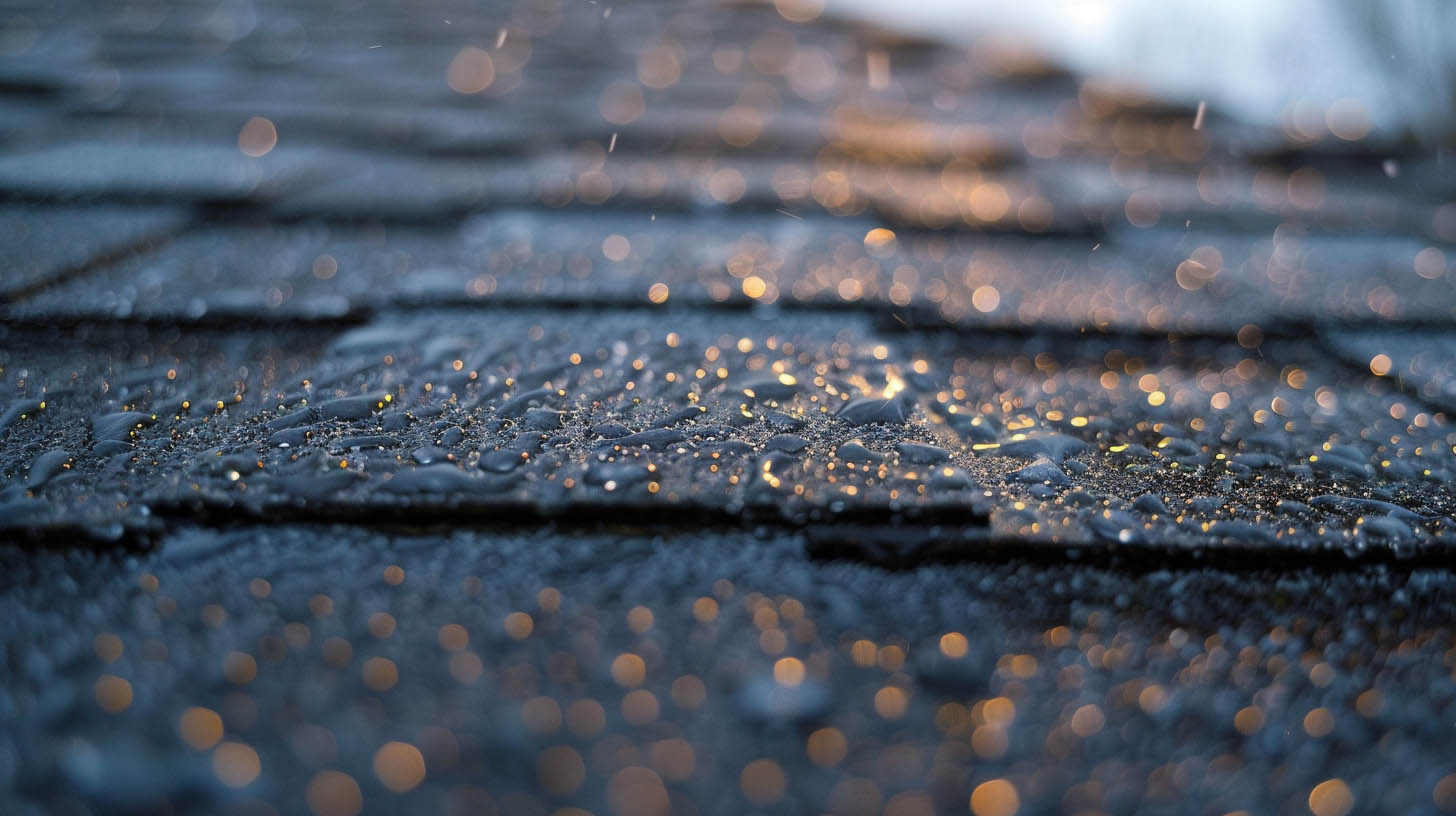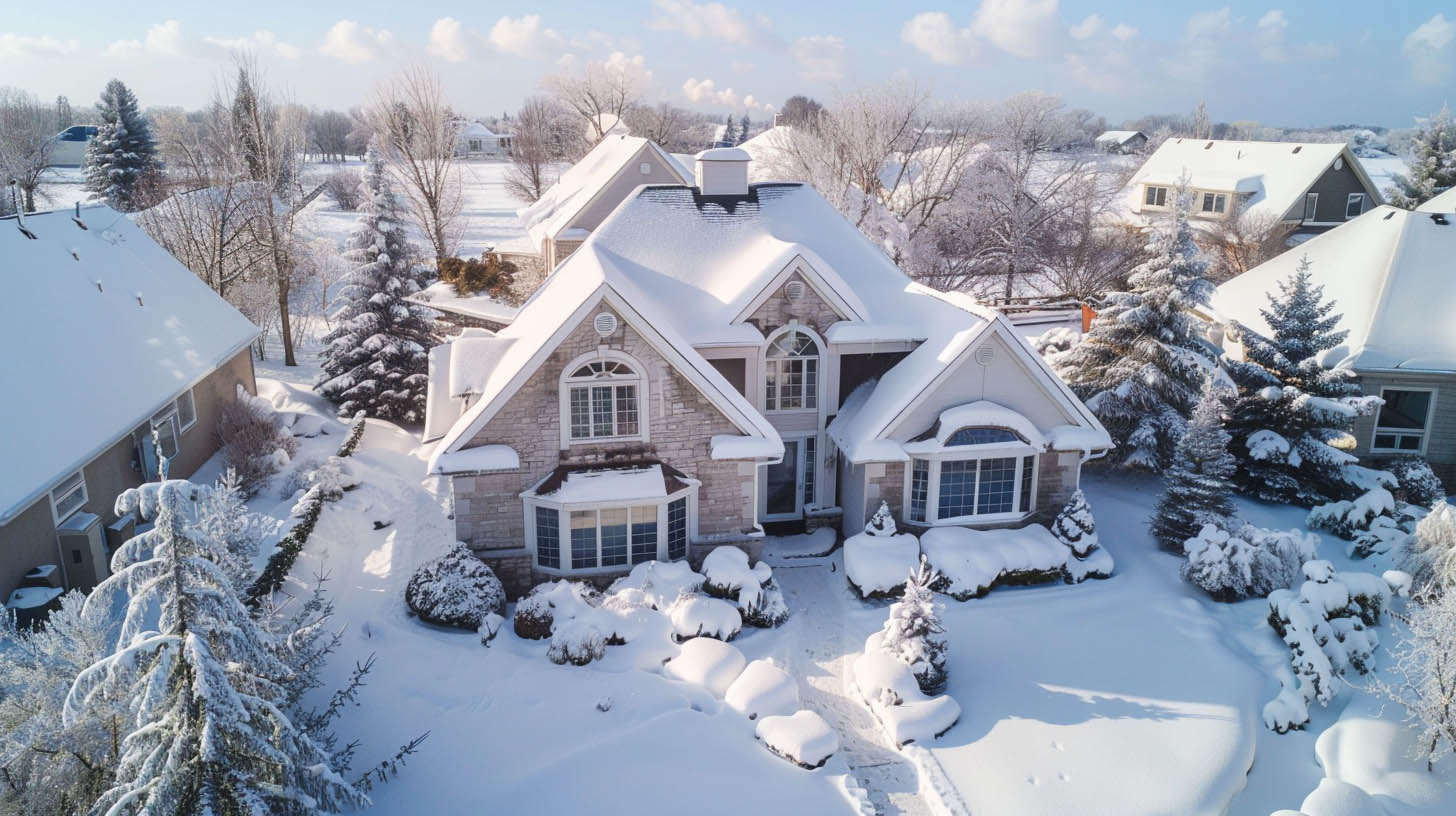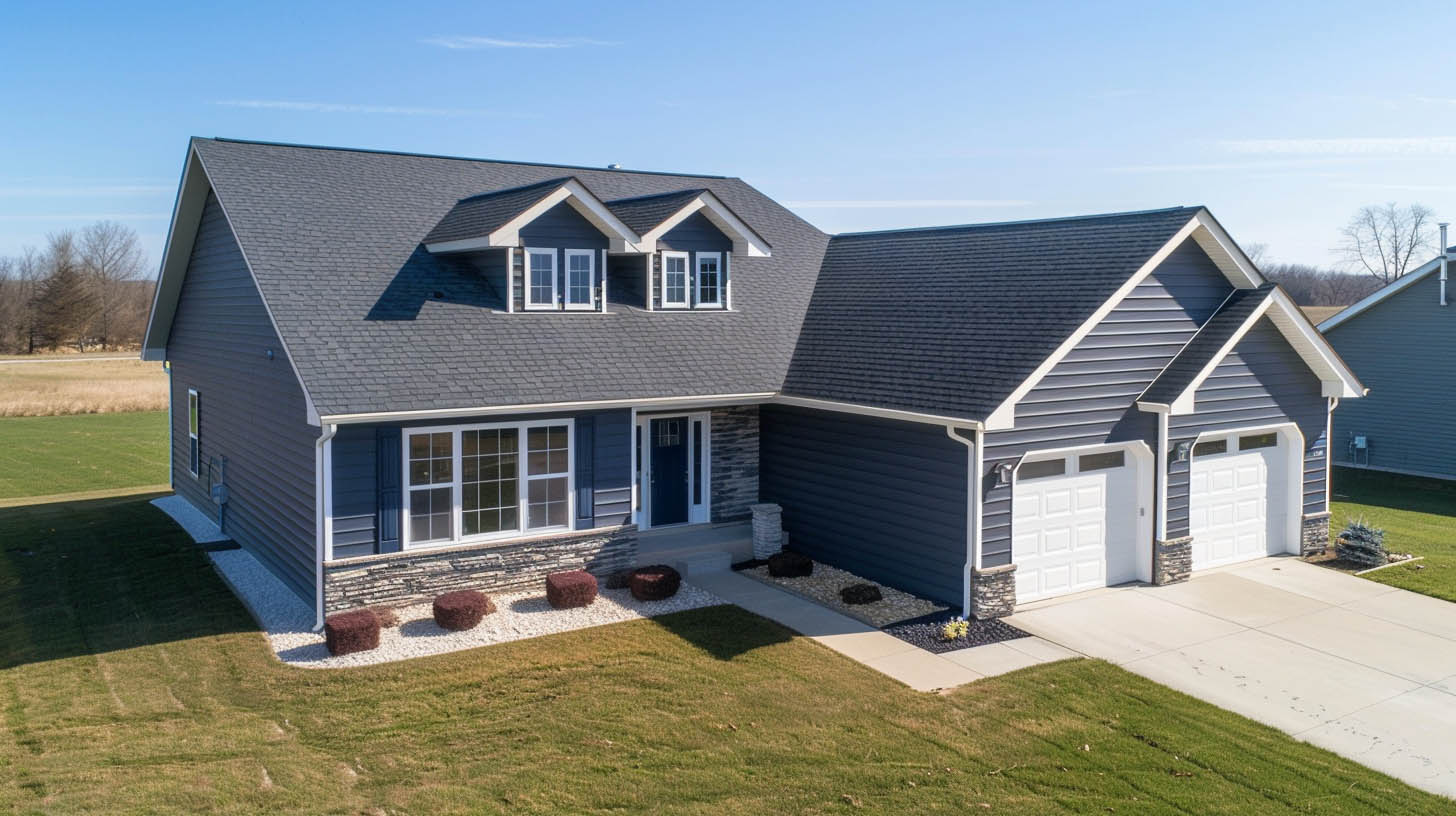Why Choose Copper Gutters? The Blend of Aesthetic Elegance and Durability
Copper gutters represent a fusion of aesthetic elegance and functionality, offering a distinctive upgrade to any home’s exterior. Here’s why they are considered a premium choice among discerning homeowners and how they contribute not just to the home’s functionality but also to its overall market value.
Unrivaled Aesthetic Appeal
- Visual Impact: Copper gutters enhance the architectural beauty of a house with their initial shimmering golden-brown hue, which gracefully ages into a verdant green patina. This color evolution adds a layer of sophistication and historic charm that is unmatched by standard gutter materials.
- Customized Aging: The natural weathering process of copper is not just visually appealing but also a testament to the quality and durability of the material, making each installation unique over time.
Durability and Longevity
- Resilience Against Elements: Copper gutters are highly durable against various environmental conditions, including heavy rain, snow, and extreme temperatures. Unlike other materials that might degrade or require frequent replacements, copper gutters stand strong, often lasting as long as the building itself.
- Low Maintenance: Once installed, copper gutters require minimal upkeep beyond occasional cleaning, thanks to their resistance to rust and corrosion.
Investment and Property Value
- Enhanced Property Value: Installing copper gutters can increase a home’s curb appeal and thereby its potential resale value. They are often seen as a luxurious addition that can make a property stand out in the real estate market.
- Cost Efficiency Over Time: The longevity and durability of copper gutters reduce the need for frequent replacements and repairs, saving homeowners money in the long run.
Professional Installation by Experts
- Installation Expertise: Proper installation is crucial to maximize the benefits of copper gutters. It ensures efficient water drainage and prevents potential issues like water damage to the building’s foundation.
- Trusted Service: For residents in Indianapolis,IN, Trojan Roofing offers expert installation services, ensuring that your investment is handled with care and precision, thus extending the functional life of your gutters.
Conclusion: A Wise Choice for Lasting Benefits
Choosing copper gutters is more than an aesthetic decision—it’s a practical investment in your home’s future. With their enduring beauty and functionality, copper gutters not only preserve the structural integrity of your home but also enhance its architectural character.
For residents in Indianapolis seeking expert advice and installation services, Trojan Roofing is your go-to provider, ensuring that every detail is perfectly executed to match your home’s unique style.
For homeowners looking to address potential roof stains and how to effectively remove them, click here.

